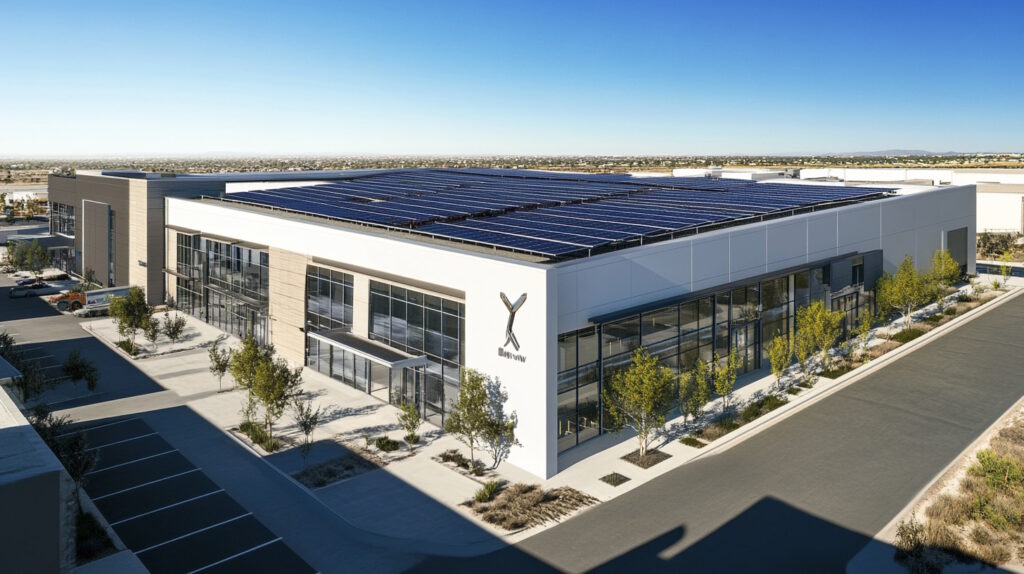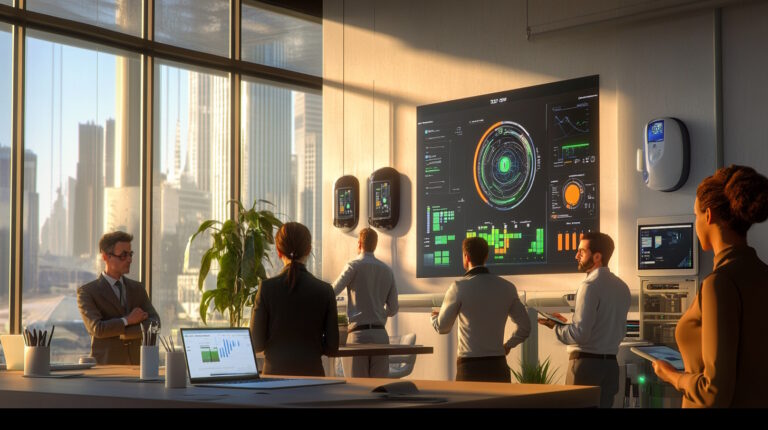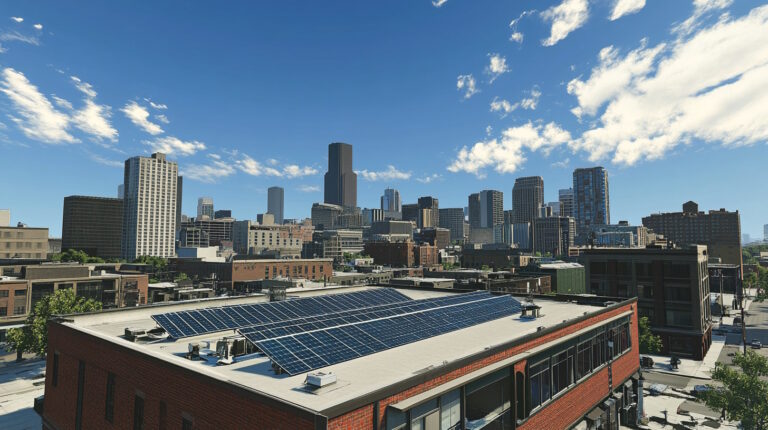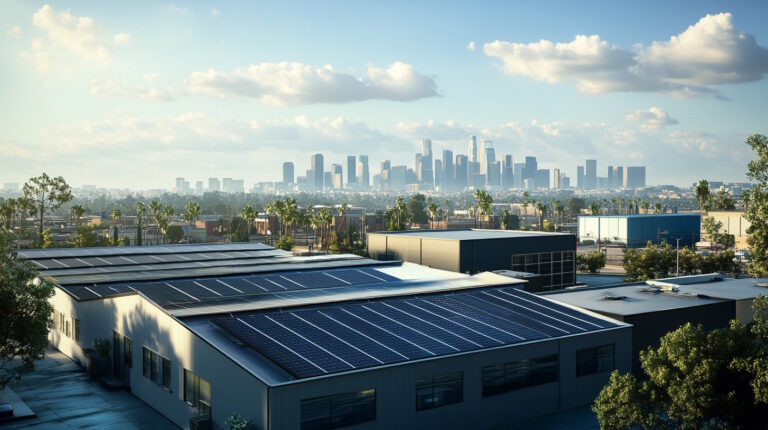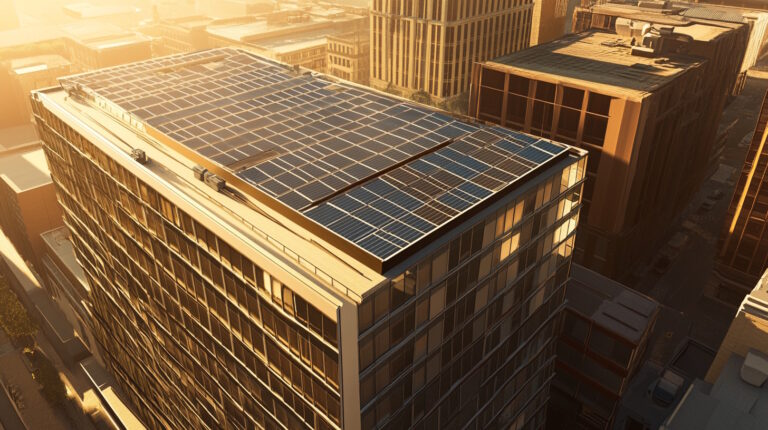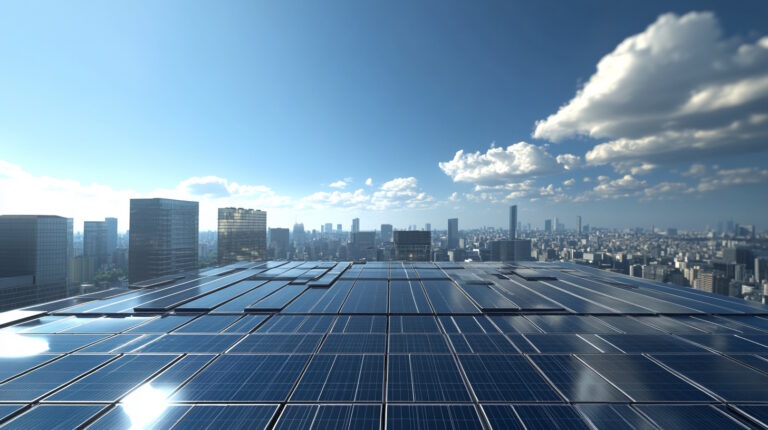Article Insights
– Gain a comprehensive understanding of BERDO requirements for aligning with solar regulation compliance.
– Discover how solar energy systems can assist in meeting stringent energy building regulations.
– Learn effective strategies to overcome compliance challenges with engaging real-world examples.
– Understand the evolving landscape of energy regulations and how to prepare for a sustainable future.
Navigating the Landscape of BERDO Requirements for Solar Regulation and Compliance
The race towards sustainability and energy efficiency is heating up, quite literally!
As cities and countries sprint towards achieving their climate goals, energy building regulations have become essential guideposts in directing this journey.
Among these pivotal frameworks is the Building Emissions Reduction and Disclosure Ordinance (BERDO).
Whether you’re a seasoned solar enthusiast or a building owner exploring sustainable energy, understanding BERDO requirements is imperative.
This article promises to uncover the intricacies of BERDO, its impactful role in solar regulation compliance, and how you can master the art of adhering to these essential standards.
Introducing BERDO: What You Need to Know
To lay the groundwork, let’s delve into what exactly falls under the realm of BERDO.
The Building Emissions Reduction and Disclosure Ordinance, often abbreviated as BERDO, seeks to regulate energy usage in buildings by mandating systematic reduction of emissions.
The ordinance is built on promoting environmental sustainability while developers and businesses align with energy building regulations.
At its core, BERDO requires businesses to follow distinct guidelines, ensuring they maintain transparency and efficiency.
Organizations find value in aligning with BERDO for multiple reasons.
Not only is compliance critical from a legal standpoint, but embracing BERDO’s objectives also plays a formidable role in advancing your sustainability promises.
Beyond fulfilling regulatory obligations, BERDO serves as a catalyst for innovation, driving businesses to pioneer new technological adoptions like solar energy systems that elevate their green credentials.
The Core Principles of BERDO Requirements
BERDO hinges on several essential principles that focus on emissions data collection, reduction targets, and precise reporting deadlines.
Building owners must meticulously track and report their annual energy usage and emissions data.
The ordinance sets forth emissions reduction targets that buildings must achieve over time, fostering a proactive approach to energy consumption.
Aligning with these BERDO requirements necessitates attention to specific deadlines and adherence to a detailed reporting process.
The complexity doesn’t stop there. To achieve solar regulation compliance, understanding and incorporating these core principles into your business framework is crucial.
Only then can you navigate the landscape of energy building regulations with confidence and competence.
The Role of Solar Energy in Meeting BERDO Compliance
Solar energy shines brightly as an instrumental force in satisfying BERDO’s stringent requirements.
By integrating renewable energy solutions like photovoltaic systems, businesses can efficiently meet the emissions reduction targets mandated by the ordinance.
What’s more, pursuing solar regulation compliance can unlock various financial incentives.
From tax credits to generous rebates, the benefits can significantly offset initial installation costs, making the transition smoother and more lucrative.
Going beyond merely installing solar panels, businesses are encouraged to marry these setups with comprehensive energy efficiency improvements.
Such integrations enhance compliance efforts and ultimately ensure businesses maximize their long-term savings while supporting sustainability goals.
Achieving Solar Regulation Compliance Through BERDO
Successfully intertwining solar energy within existing energy setups calls for strategic planning. Begin by identifying areas where solar power can augment current operations.
Document and report energy systems and emissions meticulously, as verification processes hinge upon transparent data records.
Adopting best practices for maintaining BERDO compliance extends well beyond mere installation; it involves continuously curating systems and practices that resonate with regulatory expectations – penalties for BERDO non-compliance.
Challenges in Complying with BERDO and How to Overcome Them
Tackling BERDO compliance isn’t without its hurdles. The complexity of regulations can bewilder even the most seasoned professionals, making it critical to employ expert advice and resources.
Financial barriers often arise as well, as solar installations entail upfront investments that might pose constraints for some businesses.
However, strategic planning, leveraging available incentives, and exploring financing options can mitigate this challenge effectively.
Additionally, implementing solar solutions within existing building infrastructures can come with technical limitations.
Overcoming these hurdles necessitates innovative approaches and collaborations with knowledgeable professionals who can guide you through the intricacies of solar regulation compliance.
The Path Forward: Evolving Energy Regulations
As we cast an eye on the future, it’s vital for businesses and stakeholders alike to stay alert to the dynamic evolution of energy building regulations.
Trends indicate that frameworks like BERDO will continue to adapt in response to growing climate challenges and technological advancements.
With climate change dominating global agendas, regulations will likely become even more robust, pushing businesses to innovate further in their quest for sustainability.
Embracing a Sustainable Tomorrow Through BERDO
Positioning your business at the forefront of sustainability isn’t simply about compliance; it’s about being a leader in the transformative journey towards a greener future.
As BERDO requirements guide energy building regulations today, anticipate that they will pave the path for tomorrow’s renewables.
Navigating these frameworks with foresight allows businesses to make informed decisions, optimizing their impact on both the environment and the market.
Embrace the opportunities solar energy solutions present, and let them act as your beacon towards sustainability.
For those eager to fortify their compliance strategies and contribute to a sustainable world, consider partnering with experts who can assist with integrating innovative solar systems, unlocking incentives, and meeting all regulatory requirements for energy efficiency.
This strategic move can position your organization not just as an industry player, but as a visionary contributor to our planet’s greener tomorrow.
Learn more about how Green Current Advisors can assist you with Berdo Compliance solutions.

